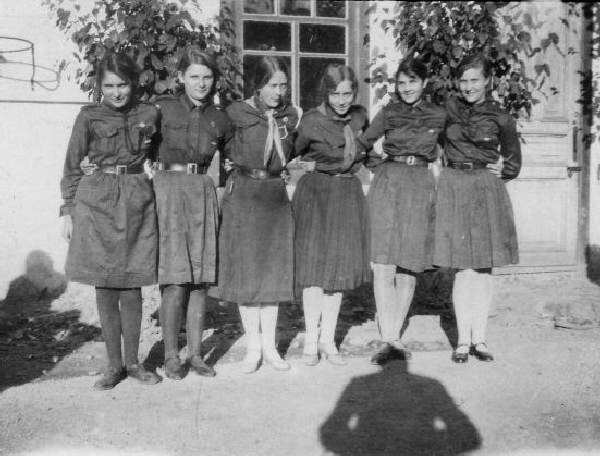
Figure 1.--Here we see Russian girl Scouts in Harbin during 1929. |

|
Large groups of Russians could be found in almost every country, the movement spreading in a two pronged direction along with the White Russian emigres. After the Civil War, groups of emigres moved east and west. After fighting the Bolshevicks, the Whites understood the fate they faced if they stayed in Russia. Many of the Russians moving east stayed in northern China. Those moving west clustered n various European countries. Some moved on to America and other countries. Countries differed in how they treated emgrees and there were thus a tendency for tthe Russians to cluster in certain countries. Some countries like Bulgaria and Yugoslavia (serbia) had historic ties with Russia. Other countries like France were welcoming to political rfugees.
One wave moved through Europe, establishing groups in France, Serbia, Bulgaria, and other European countries. Some countries like Bulgaria and Yugoslavia (serbia) had historic ties with Russia. Other countries like France were welcoming to political refugees.
Russia and Japan vied for influence in Chinese Manchuria. Russians had historic interests in Manchuria. An especially imnportant prise was the railwy system. This cometition eventually led to the Russo-Japanese War (1904-05). After the War and an end to Russian dominance in the area, large numbers of foreigners entered Manchuria. Harbin in particular was an important center. Several thousand foreigners, mostly Europeans, setled in Harbin. In became a major commercial center with an especially important international presence. This only increased after the Russian Revolution (1917). Large numbers of emigres moved along the Trans-Siberial Railway which for a time was in White Hands through Vladivostok to the east into Manchuria and south into China. There wee already well-estanlished international communities in many Chinese city. This was the case in Harnin, close to the Russian border. The Defeat of the eastern White Army (December 1918) resulted in a substantial flow of emigrees into China. Harbin thus became the largest Russian enclave outside Russia. There was also a Jewish community formed first by Russian enigre Jews and then in the 1930s expanded by German Jews fleeing the NAZIS (1930s). The Russian emigres set up a formal Russian school system and published stidently anti-Soviet Russian language newspapers and magazines.
Groups of thousands of Russian Scouts came into being in cities such as Harbin, Tientsin and Shanghai. They wre especially concentrated in nrthern China, especially Harbin. They came under Japanese cotrol when the Japanese Amy seized Manchuraia and set up the puppt state of Manchuko.
Japanese troops occupied Harbin, but took no action against the international community there (February 1932). The Soviet Union sold the railway (KVZhD) to the Japanese (1935). The result was a substantial exodus of the Russian emigres. Many of the Russians
returned to the Soviet Union. We are unsure about their fate. Others went south to the large international settlement at Shanghai. A number evetually emigrated, some to the United States and Australia. The Soviet Union and Japan remained at peace for most of World War II, until the Sviets invaded Manchuria at the end of the War. Th entered Hrbin (August 20, 1945). The Soiviets cntrolled Harbin fr severammonths (August 1945-Aril 1946). The Soviets repatriated Russian nationals during this period. This involved several thousand people. As almost all were Whites, most of the adults were sentenced to the Gulag. I'm not sure what happened to the children. The other foreign nationals gradually left Harbin.
The Chief Scout of Russia, Colonel Oleg Pantuhoff first resided in France and then moved to the United States where large troops of the National Organisation of Russian Scouts were established in cities such as San Francisco (Gerie Street), Burlingame, Los Angeles etc.
Pantuhoff returned to Nice, France where he passed away at a very mature age. Other troops worked in Argentina, Chile and Paraguay.
Navigate the Historic Boys' Uniform Chronology Pages:
[Return to the Main chronologies page]
[The 1900s]
[The 1910s]
[The 1920s]
[The 1930s]
[The 1940s]
[The 1950s]
[The 1960s]
[The 1970s]
[The 1980s]
[The 1990s]
[The 2000s]
Navigate the Historic Boys' Uniform Web Site:
[Activities]
[Biographies]
[Chronologies]
[Countries]
[Essays]
[Garments]
[Organizations]
[Religion]
[Other]
[Introduction]
[Bibliographies]
[Contributions]
[FAQs]
[Questions]
[Unknown images]
[Boys' Uniform Home]
Navigate the Historic Boys' Uniform Web organizatiion pages:
[Return to the Russian exile Scouting]
[Return to the Main Russian Scout page]
[Boys' Brigade]
[Camp Fire]
[Hitler Youth]
[National]
[Pioneers]
[Royal Rangers]
[Scout]
